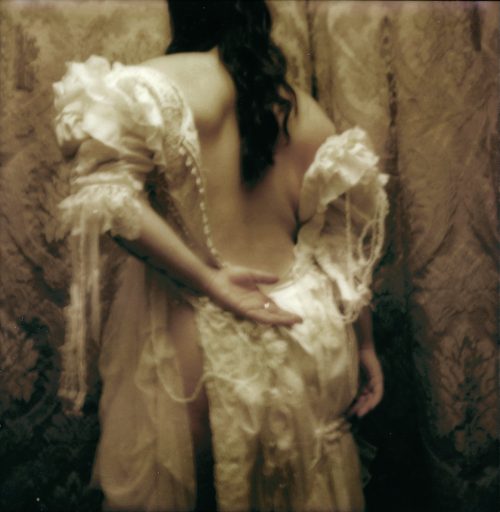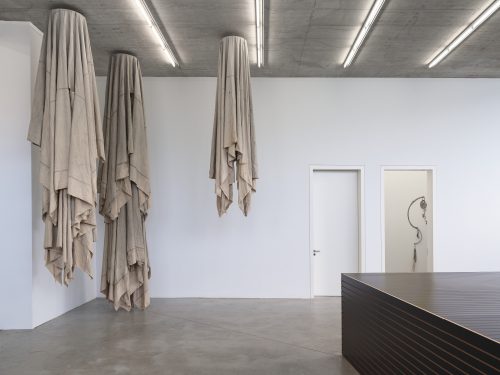Ladji Diaby
No One Has Ever Called Their Child Hunger
Project Info
- 💙 Kunstverein Nürnberg - Albrecht Dürer Gesellschaft
- 💚 Nele Kaczmarek
- 🖤 Ladji Diaby
- 💛 Lukas Pürmayr
Share on

Installation view, No One Has Ever Called Their Child Hunger, Kunstverein Nürnberg, 2024
Advertisement

Ladji Diaby, „03/05/23, 2023“, Kunstverein Nürnberg, 2024

Installation view, No One Has Ever Called Their Child Hunger, Kunstverein Nürnberg, 2024

Installation view, No One Has Ever Called Their Child Hunger, Kunstverein Nürnberg, 2024

Ladji Diaby, „14/07/24, 2024“, Kunstverein Nürnberg, 2024

Installation view, No One Has Ever Called Their Child Hunger, Kunstverein Nürnberg, 2024

Ladji Diaby, „02/05/23, 2023“, Kunstverein Nürnberg, 2024
In his solo exhibition “No One Has Ever Called Their Child Hunger“, Ladji Diaby draws on a trove of his own and found photographs and artifacts—and their stories and attributes—to develop intimate mythologies. Embarking on a quest in which questions of class and race are pivotal, Diaby seeks and creates internal connections between images and objects from his immediate surroundings. As part of this, Diaby has developed photo transfer processes in which he transposes motifs onto a variety of image and material backgrounds, sometimes reworking them gesturally. Diaby thus integrates photographs, memes, gaming, video, and film stills of hidden obsessions and (fallen) idols into his very own personal cosmos. The result is an expansive fan fiction, where Diaby fights existing determinism and reveals a particular sensitivity for aspects of everyday life and subcultures. The domestic environment—the place where all these disparate images circulate—is in turn portrayed through photography or rendered visible by means of modified interiors. This conveys a sense of familial intimacy, rituals, and beliefs, but also a uniquely “photographic view” of the surroundings, in which the distinction between a bed made of mahogany wood and a mock-mahogany bed not only explores the relationship between the object and its representation, but also the cultural context of its discussion. The exhibition “No One Has Ever Called Their Child Hunger“ is realized with the support of the artist Kleospatera and accompanied by a text written by the curator and researcher Cynthia Igbokwe.




